Studies in the Upapuranas (In 2 Volumes)
It is a long-standing, but erroneous, belief of wide popularity that the Upapuranas are ‘later and inferior works’ and scarcely deserve any serious attention. My chief object in the present work has been to point out to the scholarly world chat the Upapuranas are rich as much in number as in content, that some of them are much earlier than many of the so-called Mahapuranas, and that, like the extant Mahapuranas, they are of capital importance not only for the study of the social and religious institutions of the Hindus from the pre-Gupta period downward but also for varied information of literary, historical, geographical and cultural interest. I have, therefore, taken pains to analyse briefly the contents of those Upapuranas which have been available to me either in printed forms or in mansucripts and to furnish as much useful and interesting information as possible on these points, I could not overlook the fact that it is by no means easy for many ardent and inquisitive students cf ancient Indian history and culture to get access to the printed editions or manuscripts of the different Upapuranas, which are often very difficult to procure, of to go conveniently and profitably through these mostly extensive works written in Sanskrit. Feeling that without any idea of the period of origin and development of .a work, especially of the Purana literature, it is neither possible nor safe to enter into a critical and scientific study of its contents, I have tried to determine the approximate dates of the individual Upapuranas, or parts thereof, by thoroughly utilising all such materials, including those contained in the works themselves, as have been found helpful in determining their relative and absolute chronology. I have also taken full notice of the references and quotations from these works in the Smrci commentaries, Nibandhas, etc. But in the case of those Upapuranas which have been drawn upon profusely by the comparatively early Nibandha-writers, the quotations made from them in the later Nibandhas have generally been over- looked. Those references and quotations, however, ,which I*have been . able to trace in the respectiye Upapuranas, will be enkstéd in Appendix I at the end of the final volume. As regards the lost Upapuranas.
I have tried to.give as much information as possible about their contents, dates.and provenance, on the basis of the references and quotations contained in the Nibandhas and other works, Sanskrit or other- wise. I should mention in this connection that in examining the different Upapuranas I have found some (viz., Devi-purana, Kriyayogasara, Kalika-purana, Mahabhagavata, Dhacma-purana, Brhaddharma-purana, etc.) which contain highly valuable materials for the reconstruction of the social and religious history of Eastern India, especially of Bengal and Kamariipa. As the Purana literature consists of the eighteen Mahapuranas as well as of the numerous Upapuranas, a complete idea of this vast literature is not possible without the study of both these classes of writings, My present work, therefore, has been devoted exclusively to the latcer class of books, my previous one entitled ‘Studies in the Puranic Records on Hindu Rites and Customs’ being concerned with the Mahapuranas only. I should point out here that in the present volume as well as in the others to be published subsequently I have collected materials which support my views, set forth in the second part of my Puranic Records, regarding the different stages in the development of the Hindu rites and customs. In writing these volumes I have utilised the works of various modern authors in different connections, but I am specially indebted to the veteran scholar Mahamahopadhyaya Dr. P.V. Kane, M.A., LL. M., D. Litt., whose monumental work, viz., History of Dharma- sastra, has been a great source of inspiration to me and encouraged me to take up a vast subject for critical study. As regards the dates of the Smrti works, I have followed Mm. Dr. Kane’s conclusions almost invariably. I feel much hesitation in treading upon a field which is almost untrodden, in writing upon a subject on which very little has been written; but I leave my work, which has extended over a number of years, to speak for itself. I venture, however, to claim that my efforts will add to the knowledge of the much neglected subject and bring out its many-sided importance. I have tried to confine myself, from direct reading, strictly to available facts and avoid vague of sweeping generalisations, always bearing in mind that the chains of historical research can never be forged without the links supplied by individual facts. For reasons stated in the Preface to my Puranic Records on Hindu Rites and Customs and for the sake of uniformity | have used, in a few cases, the Vangavasi Press (Calcutta) editions of the Puranas and Upapuranas, printed in Bengali characters, in preference to the more widely used Devanagari editions; but in doing so I have always taken particular care to give full references to, or add comparative notes on, the different editions of these works, so that scholars may not find any difficulty in tracing the references in the South Indian and other Devanagari editions. I take this opportunity to express my sincere gratitude to the Board of Editors of the Calcutta Sanskrit College Research Series for accepting the present work for publication and also to our principal Dr. Gaurinath Sastri for recommending it to the Board. Certain portions of this work were published as isolated articles in different oriental journals. But I have spared no pains to improve con- siderably upon these published portions with fresh materials collected by more recent studies.
Get it now and save 10%
BECOME A MEMBER

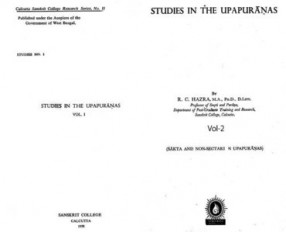
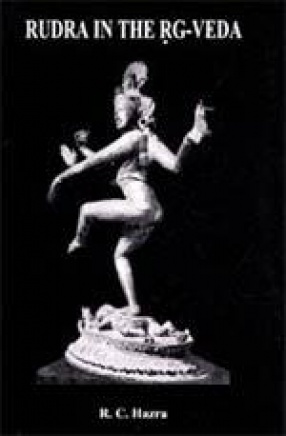
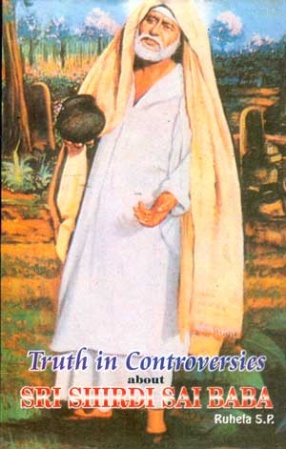
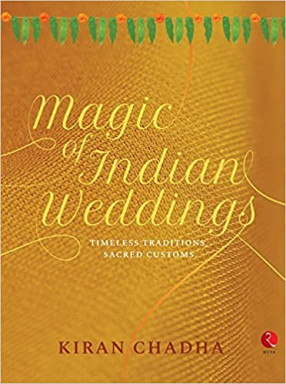
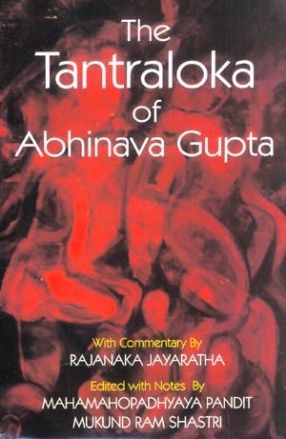


Bibliographic information